

Scientists Tim Curran (Lincoln University), Sarah Wyse (University of Auckland) and George Perry (University of Auckland) assessed the flammability of a variety of exotic and native plant species ...
READ MORE

We often hear about destructive fires in the media. We know that fire is dangerous and can cause severe damage and destruction and, at times, death. Since our earliest days, humans have sought to ...
READ MORE
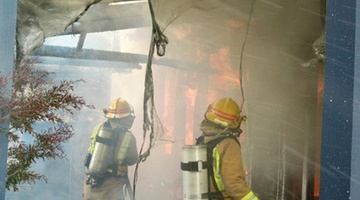
In New Zealand, we have a number of house fires, fuelled by the things we have in our houses. Our furniture is flammable and often causes fires to burn quickly and fiercely. Fire engineers ...
READ MORE
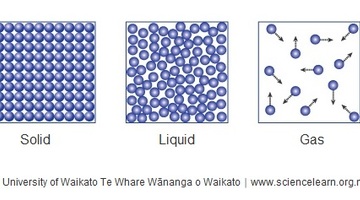
In this activity, students use drama to model science ideas about atoms and molecules, transferring heat and the process of combustion. By the end of this activity, students should be able to ...
READ MORE

In this activity, students cover a lit candle with an inverted jar in a saucer of water. The flame expires and the water rises up in the jar. By the end of this activity, students should be able ...
READ MORE

In this activity, students investigate different ways of extinguishing fire and how this is related to their knowledge of the fire triangle and fire chemistry. By the end of this activity ...
READ MORE
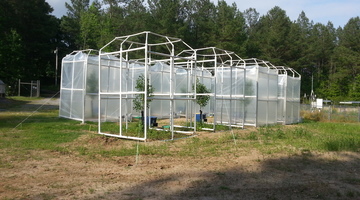
By comparing some features of fossilised plants with the same features of plants living today, scientists hope to be able to learn more about the effect of changing carbon dioxide (CO2) levels in ...
READ MORE

iNaturalist logs hundreds of thousands of photos of flora, fauna and fungi. There are even sound recordings too. Each is described and geo located. iNaturalist is used by citizens and scientists ...
READ MORE
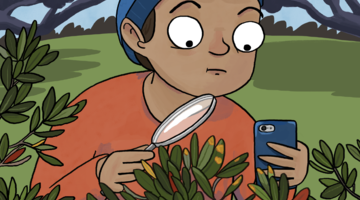
Myrtle rust is a serious biosecurity threat, and help is needed to monitor its spread. This citizen science project aims to gather information on the location, hosts and intensity of this fungal ...
READ MORE

Fire is generally portrayed as frightening and destructive by the media. Humans have increasingly been able to manage fire by improved detection ability and improved fire control methods. In the ...
READ MORE
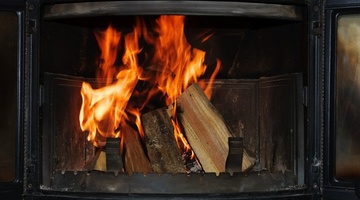
Below are links to Science Learning Hub resources for primary teachers related to heat in the Physical World strand of the New Zealand Curriculum. Primary teachers often consider heat for a topic ...
READ MORE
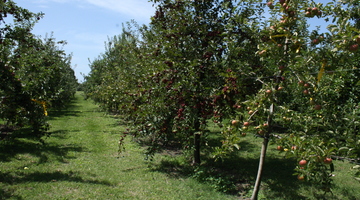
In this unit, students investigate trends and drivers and what may be possible and preferable attributes for new fruit varieties in the future. Purpose To understand the influences currently ...
READ MORE
In this video clip, Dr Mike Spearpoint from the University of Canterbury talks about using computational modelling to predict fire behaviour – what might happen if a truck caught fire in a ...
READ MORE
In this video clip, Associate Professor Charley Fleischmann from the University of Canterbury describes the work being done to slow down fire in furniture. This gives people time to get away from ...
READ MORE
In this video clip, Associate Professor Charley Fleischmann from the University of Canterbury talks about the different materials that contribute to the flammability of furniture. Points of ...
READ MORE
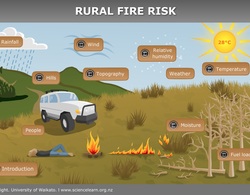
An interactive on rural fire risk – environmental components. Click on the labels for more information. Select here to view the full transcript and copyright information.
READ MORE
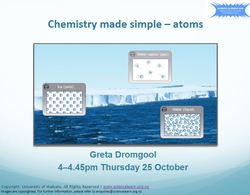
This slideshow supports the Chemistry made simple – atoms PLD webinar. Use the Slideshow menu for further options, including view full screen, and go here for the download option.
READ MORE

The life cycle of ferns is different from other land plants as both the gametophyte and the sporophyte phases are free living. This interactive illustrates the alternation of generations in ...
READ MORE